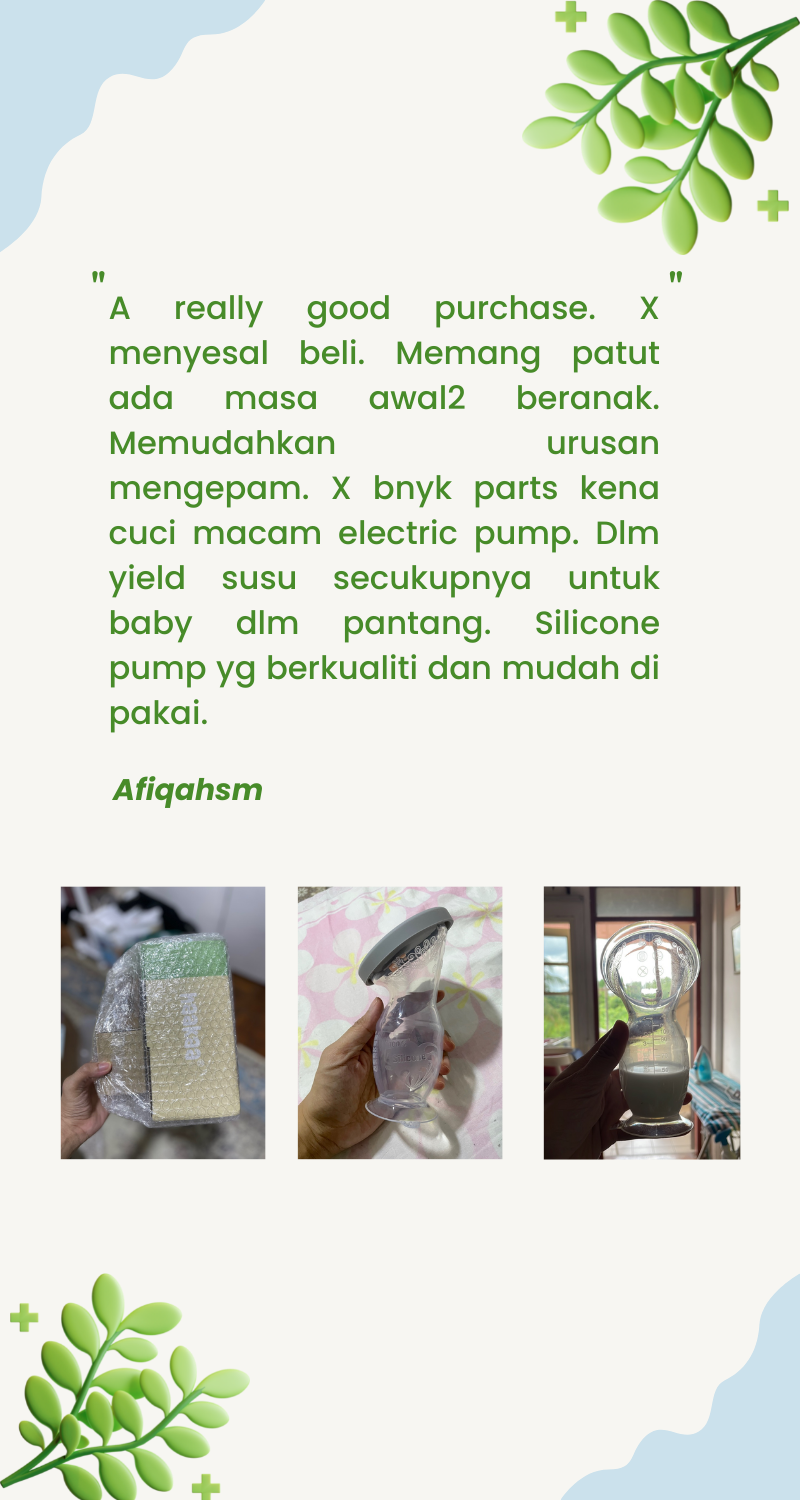Dating Scans

Written by midwife and creator of Bumpnbub, Aliza Carr. All information is general advice only. Consult with your healthcare provider.
Have you peed on a pregnancy test, and it's displayed a positive two lines and thought, 'what's next?!'. This can be a super exciting or often overwhelming time, mama.
The first step is to make an appointment with your GP. Your GP will provide you with a request form to get a blood test to confirm your pregnancy, as well as a dating scan (if you require it and consent). Once your pregnancy is confirmed, your GP will discuss with you and your partner what your preferred public hospital or private midwife or obstetrician is and send a referral to them so they can provide you with care during your pregnancy.

What Is A Dating Scan?
A dating scan is an ultrasound that is performed by a sonographer early in your pregnancy. The main reasons for having a dating scan are to confirm your pregnancy's viability and provide an estimated due date of your baby's arrival. The best time to have a dating scan is between 8-12 weeks pregnant, according to New South Wales Health. At this gestation, your baby is big enough to be seen on the scan but still small enough to be accurately measured. The earlier the scan is done, the more accurate it is in estimating your baby's due date. The accuracy of the ultrasound also depends on the quality of equipment and the skill of the sonographer.
What Happens At A Dating Scan?
A dating scan is similar to any other abdominal ultrasound you may have had in the past. The ultrasound clinic might ask you to arrive with a full bladder, which can make it easier to record images during the scan. When you lay down on the examination table, the sonographer will apply some ultrasound gel on your stomach where they will be scanning. The sonographer will then place a probe over the gel and start recording images of your baby. Sometimes during a dating scan, the sonographer may ask to perform part of the scan through a vaginal probe with your consent. This is known as a transvaginal scan and gives a much clearer and accurate image of your developing baby, although it is not an essential part of a dating scan. After your dating scan, the sonographer will collect the images and measurements taken and summarise the results before sending the report to your GP. You will be able to see the images throughout the dating scan, but you will need to consult your GP for the full report after your scan.

What Can A Dating Scan Determine?
A dating scan can provide more information than bub's estimated due date. To start with, the sonographer looks for the presence of your developing baby, known as an embryo, in the early stages. If you are around 5-6 weeks pregnant, the small embryo sac can be seen, but a heartbeat will not be detected yet. If you have your dating scan towards eight weeks pregnant, your baby and their heartbeat should be easily detected via abdominal or vaginal ultrasound. What the sonographer looks for:
- How many embryos are present- to determine if you are pregnant with one baby (singleton) or multiple babies (twins or triplets).
- Where the embryo is located- to ensure your baby is growing inside your uterus and not in the fallopian tube (known as an ectopic pregnancy).
- The length of the embryo- determines or confirms bub's gestational age and due date.
- Scans your ovaries and uterus- to determine if there are any other features present, such as fibroids or a different shaped uterus.
Do You Have To Have A Dating Scan?
Absolutely not. Remember, mama; it is your body and your baby, so you always have the right to refuse any scan or test in your pregnancy. A dating scan is not essential in pregnancy, although the majority of mother's do consent to having the scan as it confirms their pregnancy and is normally their first time seeing bub's heartbeat. Dating scans are highly recommended if you are unsure of the date of your last menstrual period or there is any concern regarding a miscarriage. If you are certain of the date of your last menstrual period, your GP can estimate your baby's due date from that.

Estimated Due Date (EDD) - Dating Scan VS Last Menstrual Period
Usually, bub's EDD is calculated from the date of your last menstrual period (if you are certain of it). If you then choose to have a dating scan as well, the scan will provide you and your doctor with another EDD. If the dating scan calculates an EDD within five days of the EDD from your last menstrual period, then bub's due date will remain as the EDD from your last period. If, on the other hand, the EDD from the dating scan is more than five days different from your last menstrual period EDD, then the EDD from the dating scan is used. The EDD from the dating scan is also used if your last menstrual period is not known or is unreliable. If you have more than one ultrasound during your pregnancy, you will most likely be given multiple EDDs. In this case, the EDD from your earliest ultrasound (which is normally your dating scan) should be used because it will be more accurate. It can be confusing with different due dates mentioned throughout your pregnancy, so if you or your partner have any questions, please talk to your doctor or midwife, and they can explain it. Remember, this magic date is very much an estimation of the date your baby may arrive. Generally, bub will be born within two weeks of their due date, but ultimately, they will enter the world when they are ready.







